Was the first coin maker in history a woman? What does Isaac Newton have to do with the way our coins look today? In this article we explore these and other interesting facts about the history coins and the amazing people behind some of the most famous coin designs.
A Brief History of Coins
The true origin of coins is as mysterious as it is intriguing. It’s hard to establish precisely how or when the world’s first coins began to circulate, but historians would agree that metal objects saw common exchange—whether by weight or for commodities—as early as 5,000 BC.

At a certain point in history, ingots became a form of currency, and had an inscribed seal or certificate of their metal weight and purity, which included gold, silver, copper and bronze. Stamped or sealed ingots predated minted coins, however, written records reveal that ancient coin makers in China were producing coins out of cut or rounded metals as early as 3300 BC. While not much is known about these ancient coins today, it is believed that these early “money coins” were round, without inscriptions, and made from iron. Bronze money coins, which were round with a cut-out square in the middle, would be introduced during the Chou dynasty, around 1105 BC.
Today, numismatics divides coin history into four major classes: Chinese coins, Ancient coins, Medieval Coins, and Modern Coins. Ancient Greek historian Herodotus would attribute the first ever coin mintage to the Lydians, stating that they were the first people to master the art of coinage. Lydia was an Iron Age kingdom in modern Western Turkey, and minted coins of gold and silver alloy, known as electrum, as early as the 7th century BC. Some of the earliest coin designers in history were priests in the Lidyan kingdom, where they would produce “die-struck” coins which portrayed images of animals, the most famous of which was a lion, and would use these coins in religious rituals. Shortly thereafter, King Allyattes of Lydia (610-560 BC) became the first ruler to issue gold and silver coins as an official currency among the populace.
Some historical texts suggest that King Midas of 8th century BC married a princess by the name Hermodike II, who was considered the first coin maker of Ancient Greece and was responsible for bringing coin making knowledge to the western world. This historical context is somewhat conflicting with the chronology of coin usage in the Kingdom of Lydia, which has led many historians to suggest that Hermodike II was actually married to King Allyattes, and was in fact responsible for communicating the knowledge of coin making from Lydia to Ancient Greece. While precise historical events remain unclear, historians often agree that Hermodike II may have very well been responsible for introducing the knowledge of coin making across the world.
Let’s look into them in more detail:
King Alyattes
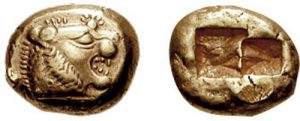
Alyattes of Lydia was the first-ever monarch in recorded history to issue minted coins as a form of official currency. Although the first stamped coins, made of electrum and called the Lydian Lion, were recognised as a tax token for noblemen, they remain as the first substantial recording of minted coins used as a form of currency among a population in history.
Hermodike II
The Ancient Greek princess Hermodike II is credited by Aristotle with being the originator of coin making in western civilisation and is thought to have brought the archaic art of coinage from the Kingdom of Lydia to Ancient Greece, where it would swiftly become a standardised form of currency among the general population and revolutionise trade and commerce for the entire world.
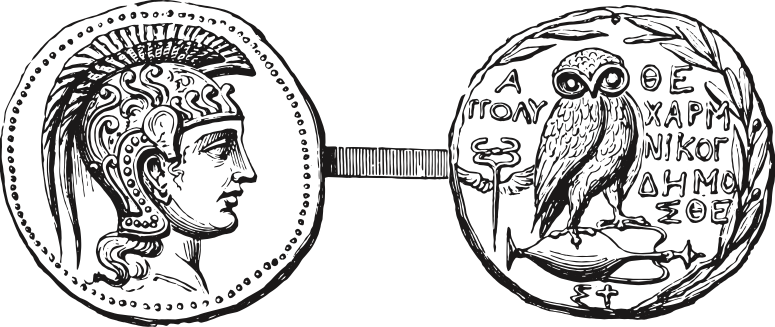
Moneyers in the Middle Ages
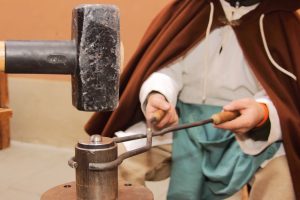
Most coin designers of the Middle Ages remain unknown to history as they are believed to have played a small role in the process of coinage, which typically involved the issuance of an approved die cast from a King or dignitary to licensed moneyers who would then mint the coins for circulation. One historical account reveals how during the reign of King Henry III of England, the coinage was altered and made more precise to deter money clipping (the removal of small bits of silver from the edge of a coin), and a new die was issued to be used freely by licensed moneyers. Throughout and after King Henry III’s reign, a large number of people would be convicted of money clipping and hanged for their alleged crimes.
Pisanello (Renaissance)
Commemorative coins are born.
During the Renaissance, exclusive coins became a popular form of commemoration among nobility and were dubbed “Portrait Medals”. These family coins often depicted the likeness of an individual on one side and a respective honour, seal or symbol of lineage on the other. Commemorative coins were exchanged and granted among nobility to highlight a special event, serve as a gift or to bestow an honour, and were highly-valued for their artistic and personal significance.
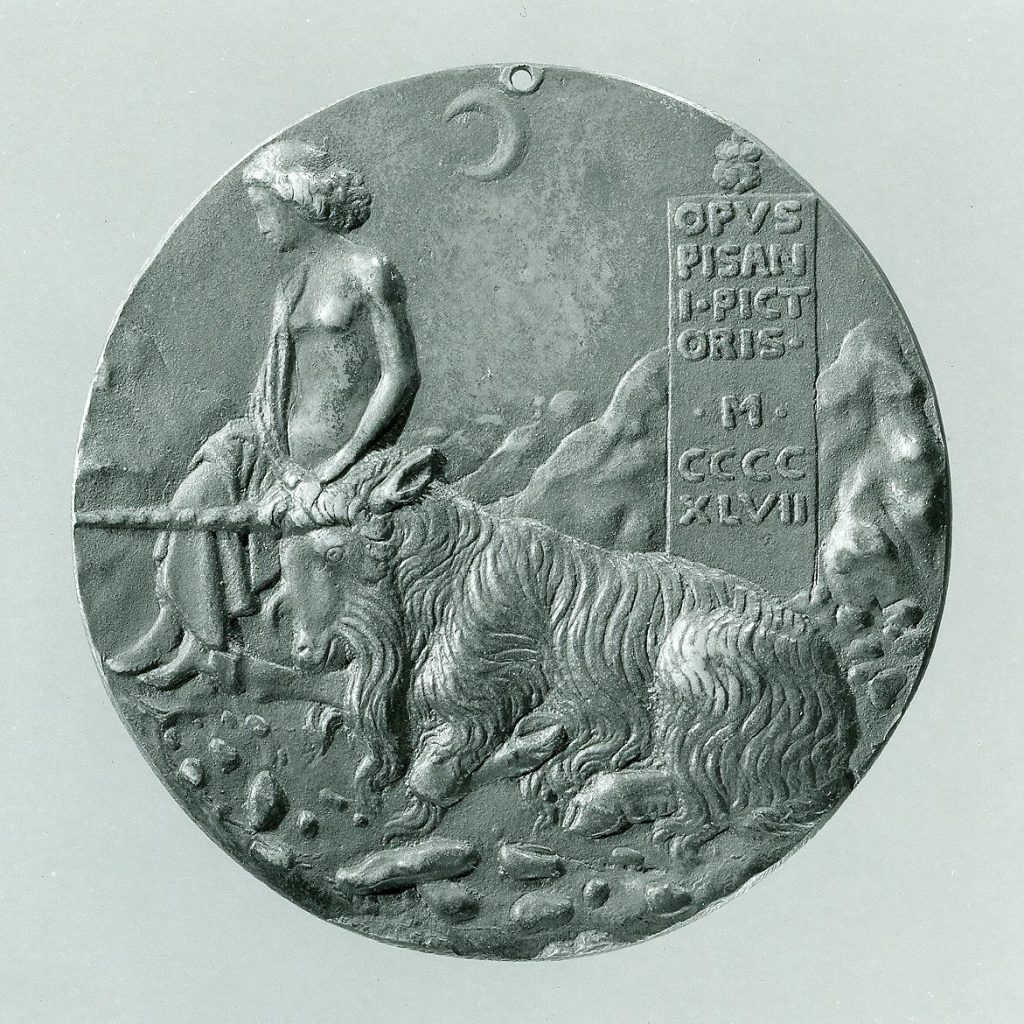 Cecilia Gonzaga portrait medal by Pisanello, 1447
Cecilia Gonzaga portrait medal by Pisanello, 1447Born in the late 14th century, Pisanello was a famous painter and draftsmen of the Italian Renaissance, and is credited with inventing the first portrait medal. Inspired by the Byzantine emperor John VIII Paleologus’s visit to the Roman Catholic Church, Pisanello made sketches of the emperor which he would use to design a 10cm-wide cast metal relief of the emperor’s portrait. This newfound artistic concept garnered the interest of Italian nobility, who began commissioning Pisanello for custom portrait medals and quickly spreading their popularity across Europe. Today, portrait medals are considered an exquisite collector’s item of unmatched rarity. The original medals date back hundreds of years and offer a glimpse into the artistic culture of the Renaissance era, where age-old lineages and key figures can be linked to historical events with the help of these one-of-a-kind pieces.
Isaac Newton
The inventor of modern milled coin edges.
 One of the most famous scientists in history, Isaac Newton may surprise you to know that he was in charge of the Royal Mint for 30 years and played a major role in how our money coins are shaped today. Because coin clipping were such a major problem during his time, Isaac Newton provided the solution of rounding coins and marking their edges with letters or other fine graining using milling machines.The new coinage made it virtually impossible to clip coins without notice, and solved an age-old dilemma which had seen countless (and questionably-guilty) individuals hanged for money clipping.
One of the most famous scientists in history, Isaac Newton may surprise you to know that he was in charge of the Royal Mint for 30 years and played a major role in how our money coins are shaped today. Because coin clipping were such a major problem during his time, Isaac Newton provided the solution of rounding coins and marking their edges with letters or other fine graining using milling machines.The new coinage made it virtually impossible to clip coins without notice, and solved an age-old dilemma which had seen countless (and questionably-guilty) individuals hanged for money clipping.George T. Morgan
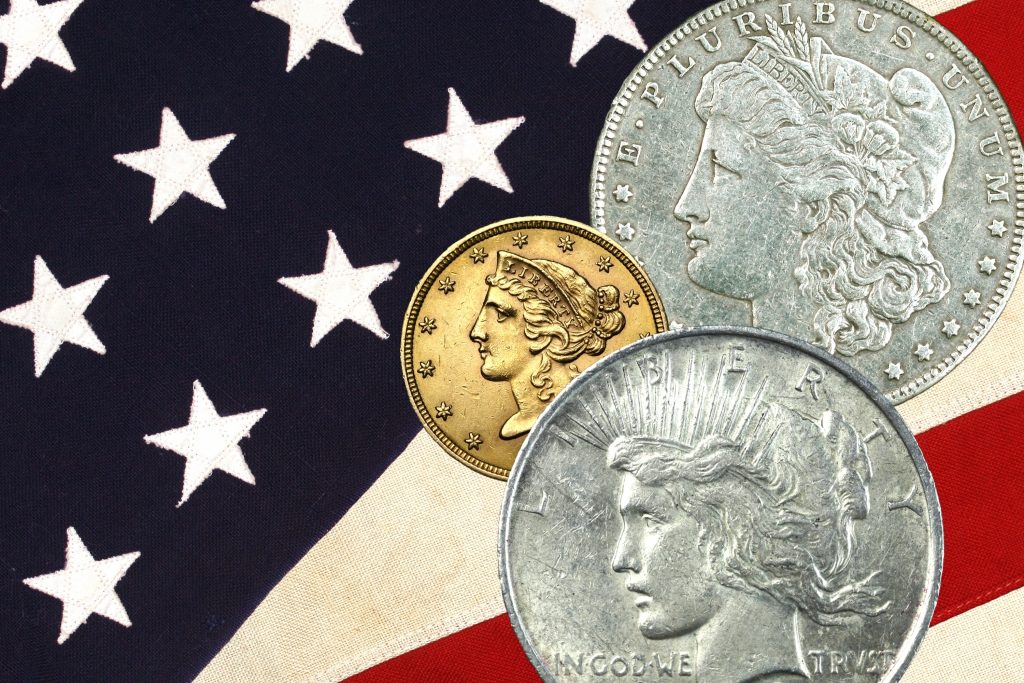 A famous coin designer, George T. Morgan served as a chief engraver of the United States mint from 1917 and designed several popular coins, one of which was the Morgan dollar. This famous coin is known for its role in the Pittman Act of 1918, which saw up to 350 million silver dollars melted by the United States in order to replenish England’s shortage of silver during World War I. This accounted for a large portion of the Morgan Silver Dollar mintage, a supply which was eventually replaced by the Peace dollar in 1921.
A famous coin designer, George T. Morgan served as a chief engraver of the United States mint from 1917 and designed several popular coins, one of which was the Morgan dollar. This famous coin is known for its role in the Pittman Act of 1918, which saw up to 350 million silver dollars melted by the United States in order to replenish England’s shortage of silver during World War I. This accounted for a large portion of the Morgan Silver Dollar mintage, a supply which was eventually replaced by the Peace dollar in 1921.Roman Booteen
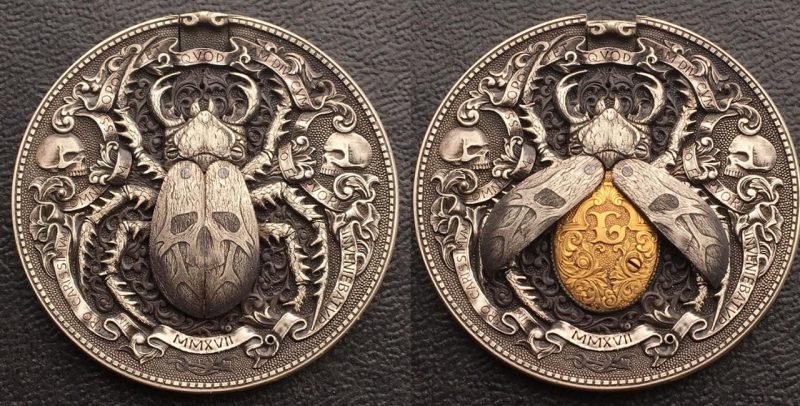 Modern artist Roman Booteen is world-renowned for his talents in hobo nickel — the art of hand-engraving coins into creative and often intricate pieces. Coin engraving dates back hundreds of years, with the term ‘hobo nickel’ rising to popularity in the early 20th century thanks to the US nickel’s softness and dimensions, while the art form also includes a wide-variety of coins and metals.
Modern artist Roman Booteen is world-renowned for his talents in hobo nickel — the art of hand-engraving coins into creative and often intricate pieces. Coin engraving dates back hundreds of years, with the term ‘hobo nickel’ rising to popularity in the early 20th century thanks to the US nickel’s softness and dimensions, while the art form also includes a wide-variety of coins and metals.You!
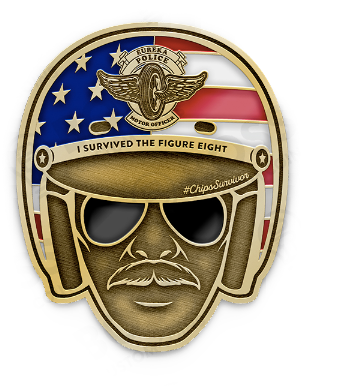 How about becoming a coin maker yourself? At Boss Coins we find that the best designs evolve when the clients gives us detailed inputs during the creation process. We love working together to create unique coin designs. With free proof and unlimited revisions, you can feel free to design your dream coin with us. All you need to get started is to get in touch with us. If you have any references to share that’s great, if not, just tell us what you have in mind and we will give you some suggestions. Let’s get creative together!
How about becoming a coin maker yourself? At Boss Coins we find that the best designs evolve when the clients gives us detailed inputs during the creation process. We love working together to create unique coin designs. With free proof and unlimited revisions, you can feel free to design your dream coin with us. All you need to get started is to get in touch with us. If you have any references to share that’s great, if not, just tell us what you have in mind and we will give you some suggestions. Let’s get creative together!